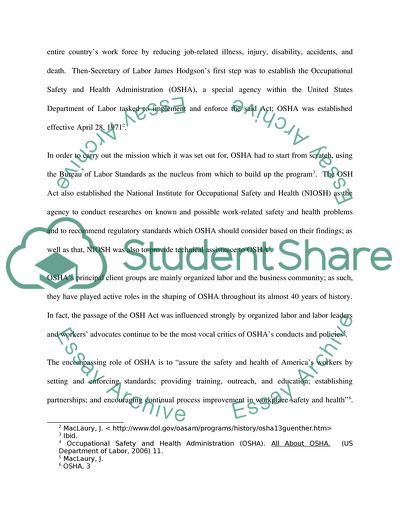Cite this document
(“Occupational Safety and Health (OSHA) Essay Example | Topics and Well Written Essays - 3500 words”, n.d.)
Retrieved from https://studentshare.org/miscellaneous/1564290-occupational-safety-and-health-osha
Retrieved from https://studentshare.org/miscellaneous/1564290-occupational-safety-and-health-osha
(Occupational Safety and Health (OSHA) Essay Example | Topics and Well Written Essays - 3500 Words)
https://studentshare.org/miscellaneous/1564290-occupational-safety-and-health-osha.
https://studentshare.org/miscellaneous/1564290-occupational-safety-and-health-osha.
“Occupational Safety and Health (OSHA) Essay Example | Topics and Well Written Essays - 3500 Words”, n.d. https://studentshare.org/miscellaneous/1564290-occupational-safety-and-health-osha.


